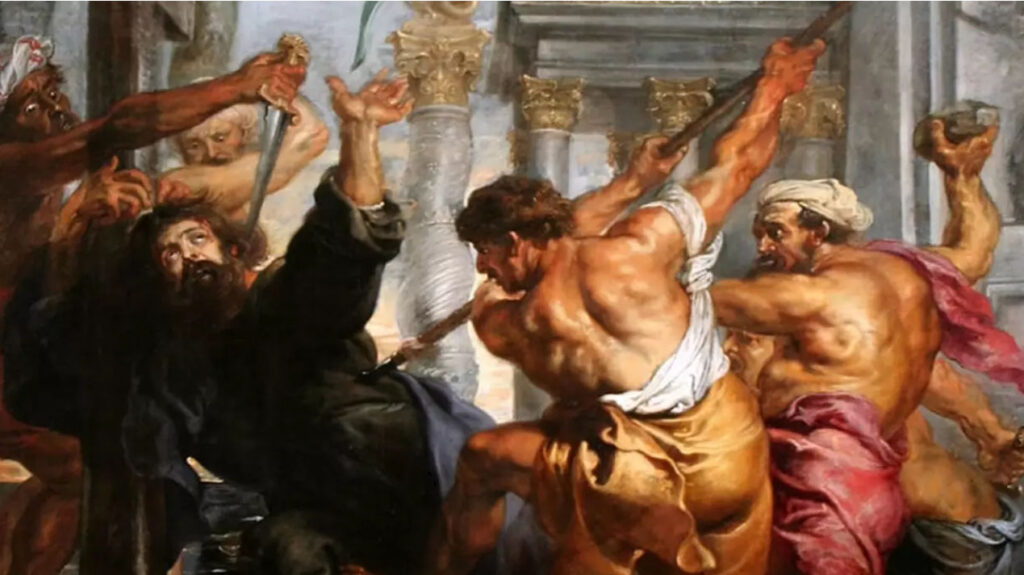
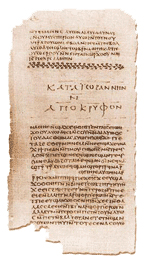
Gospel of Thomas
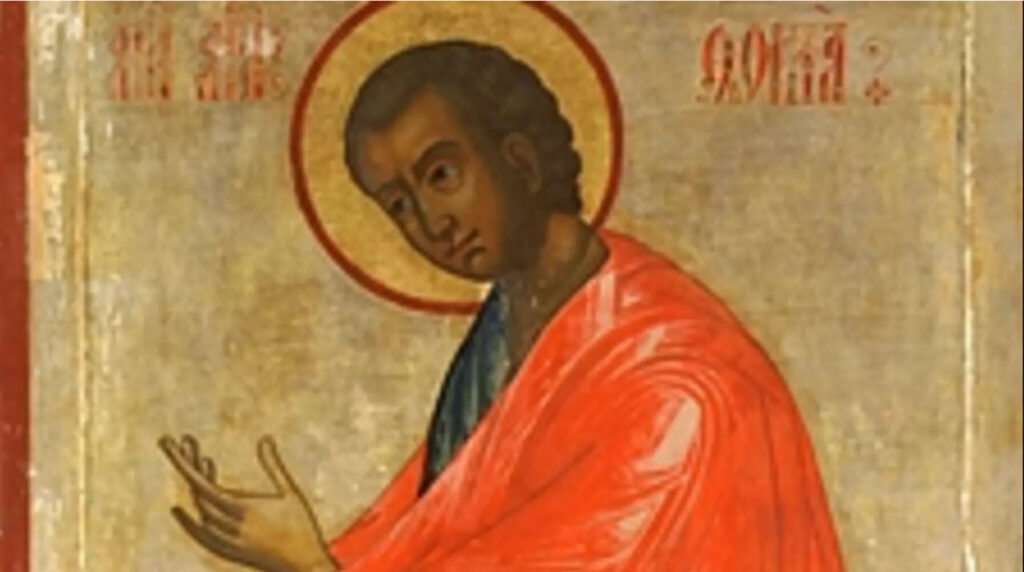
In both the Book of John, one of the Gospels of the New Testament, and in the apocryphal Acts of Thomas, Thomas is described as “Thomas, who is called Didymus,” a redundancy, since “Thomas” comes from the Aramaic word teoma, meaning “twin” (in Hebrew, it’s te’om), for which the word in Greek is didymus.
It is not clear either from the Gospels, Catholics claim written at the end of the 1st century, or from the Acts of Thomas, Catholics claim written from the 2nd century, just whose twin Thomas was meant to be, but there are several references in classical sources that suggest that he was the brother either of the Apostle Jude (son of James) or of Jesus himself.
None of the sources tell us about Thomas’ origins, but like the other apostles, he is presumed to come from the Galilee, like Jesus, and to have returned there to teach after Jesus’ death.
HAVE YOU BELIEVED?
Thomas was the first “doubting Thomas,” because he refused to believe the reports of sightings of a resurrected Jesus.
So the other disciples told him, “We have seen the Lord!” But he said to them, “Unless I see the nail marks in his hands and put my finger where the nails were, and put my hand into his side, I will not believe.” John 20:25
A short time later, Jesus appears to Thomas, and the latter calls him “my Lord and my God,” and Jesus seems to mock him gently when he responds,
Then Jesus told him, “Because you have seen me, you have believed;blessed are those who have not seen and yet have believed.” John 20:29
Earlier, when told by his teacher that he will be departing soon to prepare a home in heaven for his followers, who will be joining him there one day, the practical-minded Thomas says,
Thomas said to him, “Lord, we don’t know where you are going, so how can we know the way?” John 14:5
Evidently he didn’t know the way … because he ended up in India!
SAINT THOMAS DAY
The assignment of December 21 as the date of Thomas’ death is derived from a tradition that anyone who fits the description of a “doubting Thomas” might need a few days to give credence to Christ-mas.
THOMAS
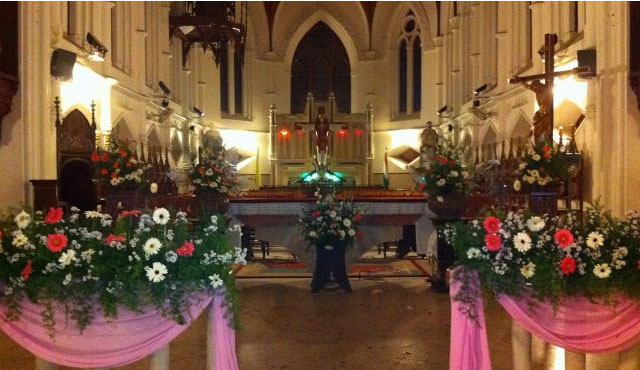
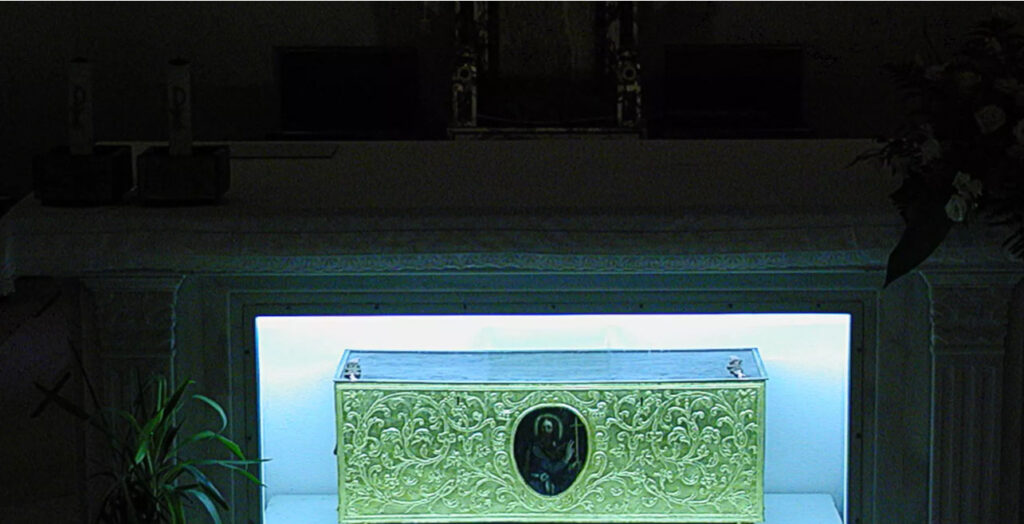
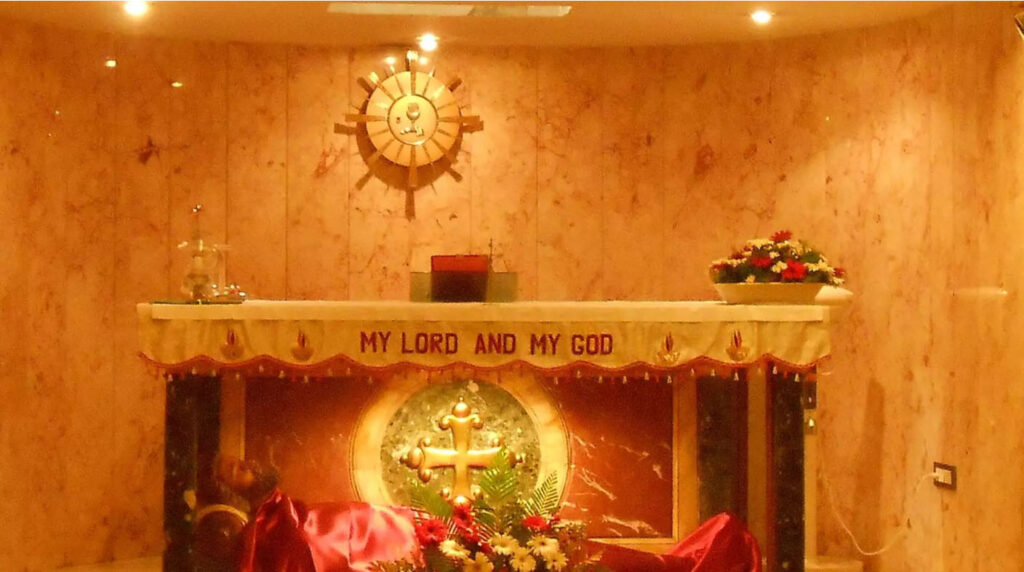
Priests of Kali
A late tradition sees Thomas as having carried the gospel of Jesus to the Indian subcontinent, first to the northwestern kingdom of Gondophorus. Then, according to the third-century Acts of Thomas, in the year 52, the apostle sailed, in the company of a Jewish traveler named Abbanes, to the southern tip of India, to the port of Muziris, present-day Pattanam, in Kerala state.
Kerala was home, even at that time, to a Jewish community. A 17th-century work called Thomma Parvam (Songs of Thomas) says that he converted 40 Jews upon his arrival, along with 3,000 Hindus of Brahmin origin.
The martyrdom of Thomas, however, took place not on western coast of India, but on the other side of the subcontinent, in the southeastern city of Mylapore, near latter-day Chennai. There, Thomas came into conflict with the Hindu priests of Kali, who killed him for insulting their deity – or simply for converting many of their followers. (Marco Polo, in the 13th century, heard that Thomas had died, more than a millennium earlier, when an archer out hunting peacocks had accidentally shot him.)
His bones were then brought into the city of Mylapore and buried inside a church he had already built there, where in the 16th century, Portuguese explorers built the San Thome Basilica, which was rebuilt by the British in 1893.
Today, December 21 is still observed as the feast day of St. Thomas in some Protestant churches, and among traditionalist Catholics.
In the Roman Catholic Church, however, the feast day was moved, in 1960, to July 3, so as not to interfere with the days leading up to Christmas, on December 25.